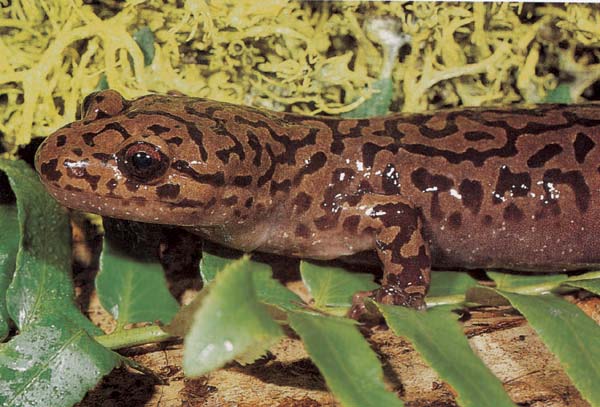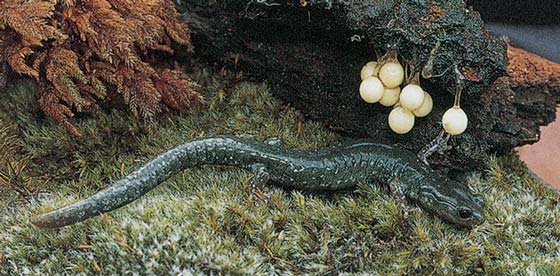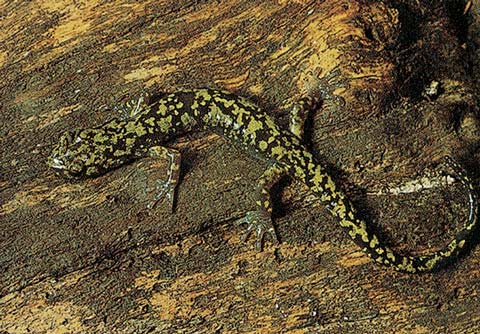
This Article From Issue
November-December 1998
Volume 86, Number 6
DOI: 10.1511/1998.43.0
Because of their nocturnal habits and "secretive nature," says James W. Petranka, salamanders rank among the least familiar of vertebrates in North America. Petranka has made them a little more familiar, having compiled what may be the most comprehensive and definitive guide on these fragile creatures published in more than 50 years, Salamanders of the United States and Canada (Smithsonian, $60). Below: the giant Pacific, black (female with eggs) and green salamanders.

Ad Right
From Salamanders of the United States and Canada.


American Scientist Comments and Discussion
To discuss our articles or comment on them, please share them and tag American Scientist on social media platforms. Here are links to our profiles on Twitter, Facebook, and LinkedIn.
If we re-share your post, we will moderate comments/discussion following our comments policy.